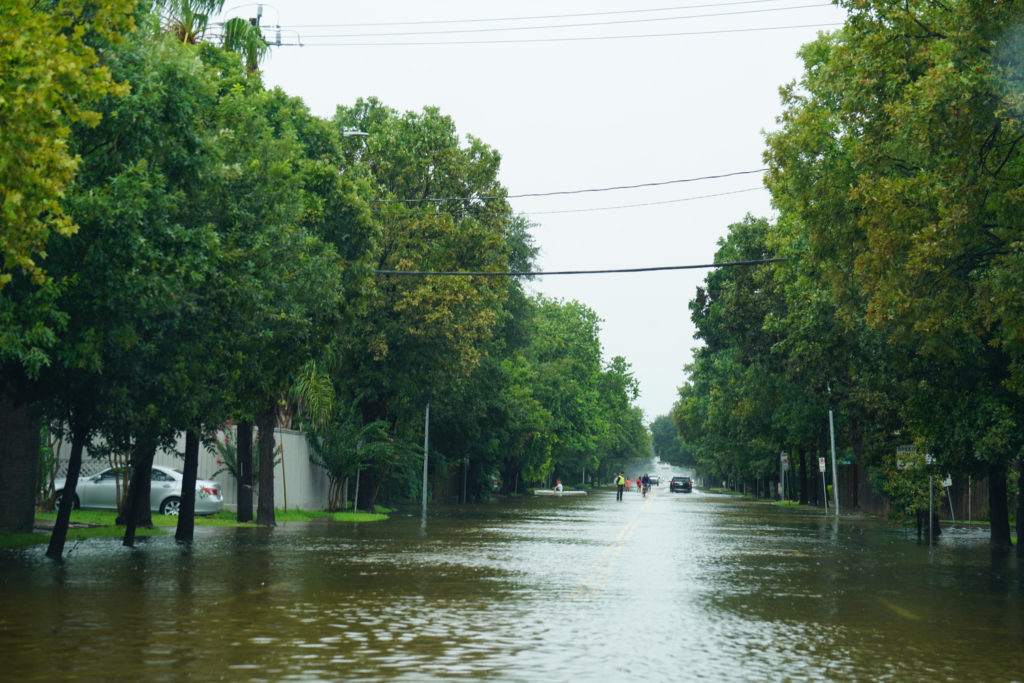As we watched Harvey enter the US and pummel parts of coastal Texas and Louisiana two weeks ago, and then Irma take aim at the Caribbean and Florida last weekend, our hearts lurched — seeing both the immediate suffering, and thinking of the long road to recovery that lies ahead.
The images and stories coming out of Houston and the surrounding areas, the Keys, Jacksonville; they triggered memories of Sandy. Knowing what we do, our thoughts quickly turned to resilience and recovery — to what we learned through our work with one community in Queens following that 2012 hurricane.

We know that nature has the power to help people heal. Communities heal. Even when it’s nature that’s brought the destruction. And nature can play an important role in recovery in Texas, Louisiana, Florida, Georgia and South Carolina.
Having supported green spaces in Queens following Hurricane Sandy, and in Joplin, MO, after the historic EF5 tornado that occurred there 6 years ago, TKF has learned some things. A lot of things, actually. And we’ve built an incredible network of advisers, some of which focus almost solely on the meaning and value of nature in post-disaster contexts.
In the coming weeks, we will use our platform here to help share what we know; the advice of experts like Keith Tidball, PhD, a faculty member in the Department of Natural Resources at Cornell University. Keith will talk with us about “urgent biophilia”, a phrase that should become part of a mainstream vernacular, especially considering the increasing frequency and magnitude of natural disasters like Katrina, Sandy, Harvey, Irma.
In the midst of the kind of devastation like that which Harvey and Irma have incurred, when many people are just returning to destroyed homes and having lost most everything they own, the innate need to connect with nature is strong. Yet, this need – urge – is not yet widely appreciated and understood by policymakers or the general public. It represents a blindspot in recovery efforts. We want to help change that.
Through a series of posts that we’ll share in the coming weeks, we’ll explore:
- Why this connection with nature shouldn’t be overlooked during immediate recovery efforts;
- Why grassroots action to urge a focus on incorporating nature into early post-disaster action needs to happen – (and yes you read that correctly! Early; as in, simultaneous with utility restoration);
- How community greening efforts aided recovery following Sandy and Joplin;
- What we learned through our work to create green spaces in communities in Queens as well as Joplin.
In the coming weeks, we invite you to follow along – and even share your questions regarding urgent biophilia or nature and disaster recovery, or your experiences with how nature may have helped you recover from natural disaster. Write to us, and we will do our best to address your question as we pursue this new series of posts.
In the meantime, check out this past post that touches on the role greenspaces played in post-Katrina New Orleans:
What Greenspaces Reveal; New Orleans 10 Years On
Community gardens in the U.S. have been established in times of major crises and social disruption. War, natural disaster, and personal trauma have inspired many Americans to search for hope in the garden.
